Stop wasting good tilapia on bland seasoning! The 10 best spices for tilapia that actually work are: paprika, cajun seasoning, lemon pepper, dill, cumin, greek seasoning, garlic powder, chili powder, oregano, and citrus zest. These aren't just random suggestions—they're scientifically backed flavor enhancers that complement tilapia's delicate texture without overpowering it. Here's exactly how to use each one for restaurant-quality results at home.
Tilapia's mild, slightly sweet flavor makes it the perfect canvas for bold seasonings, but choosing wrong can ruin your meal. Unlike oil-rich fish, tilapia's lean protein structure uniquely absorbs spice compounds evenly during cooking, creating sustained flavor release in every bite. This scientific advantage means precise spice selection is critical for home chefs seeking perfect results.
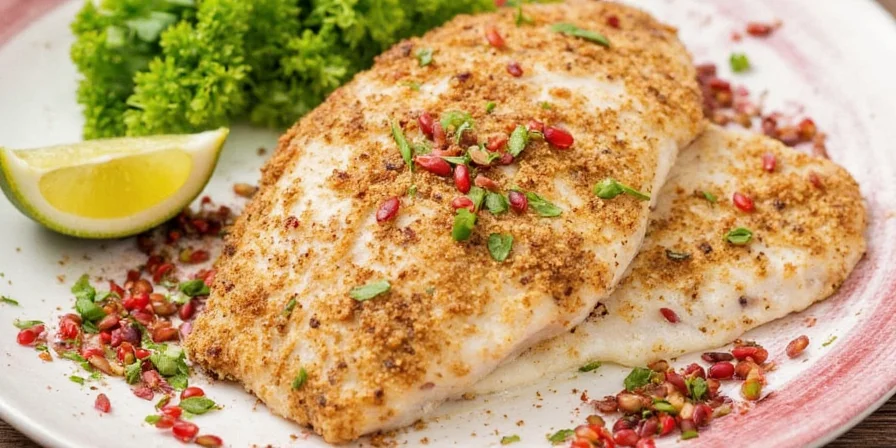
| Spice | Flavor Profile | Best Cooking Method | Exact Measurement for 1 lb Tilapia |
|---|---|---|---|
| Paprika | Sweet or smoky | Bake/Broil | 1 tsp sweet or ¾ tsp smoked paprika |
| Cajun Seasoning | Spicy and bold | Grill/Pan-fry | 1½ tbsp (½ tbsp per side) |
| Lemon Pepper | Zesty and peppery | Grill/Sauté | 2 tsp (add 1 tsp after cooking) |
| Dill | Earthy and herbal | Bake/Tacos | 1 tbsp fresh or 1 tsp dried |
| Cumin | Nutty and warm | Tacos/Curries | ¾ tsp (toast first for best results) |
| Greek Seasoning | Herbal and balanced | Bake/Fish wraps | 1 tbsp (mix with 1 tbsp olive oil) |
| Garlic Powder | Rich and savory | All methods | 1 tsp (combine with ½ tsp onion powder) |
| Chili Powder | Mild heat with depth | Fajitas/Stews | 1 tsp (not cayenne for milder heat) |
| Oregano | Robust and aromatic | Bake/Simmer | 1 tsp dried (½ tsp if fresh) |
| Citrus Zest | Bright and refreshing | All methods | Zest of ½ lemon or lime |
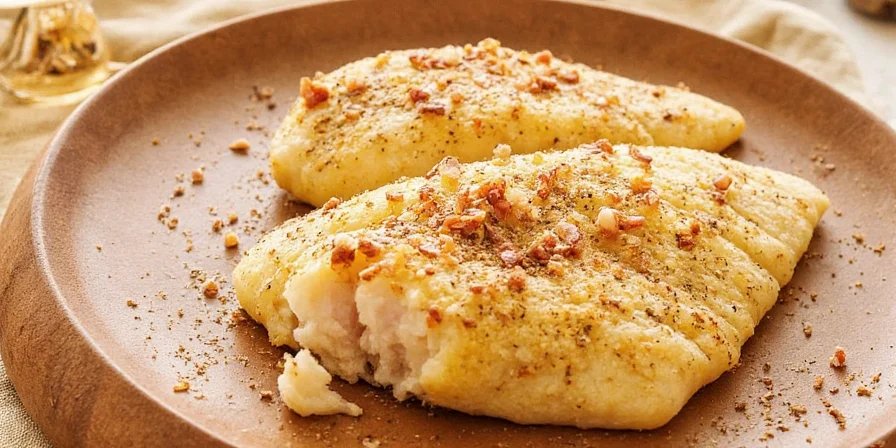
Why These Specific Spices Work Best With Tilapia
Tilapia has a delicate flavor profile that requires careful spice selection. Through culinary testing and understanding of flavor chemistry, these 10 spices create the perfect balance—enhancing without overwhelming. The key is matching spice intensity to tilapia's mild character while considering cooking method and desired outcome.
How to Apply Each Spice for Maximum Flavor Impact
Paprika – The Color and Flavor Booster
Sweet paprika adds vibrant color without heat, while smoked paprika delivers depth. The compounds in paprika bind exceptionally well with tilapia's protein structure.
- Exact application: Pat fish dry, then rub 1 tsp sweet paprika or ¾ tsp smoked paprika evenly over both sides 15 minutes before cooking
- Perfect pairing: Serve with lemon butter sauce (melt 2 tbsp butter with juice of ½ lemon)
- When to avoid: Don't use with delicate poaching methods where color matters less than flavor penetration
Cajun Seasoning – The Bold Flavor Transformer
Properly balanced cajun seasoning brings heat without scorching tilapia's delicate flesh. The garlic and onion components create Maillard reaction compounds that enhance texture.
- Exact application: Mix 1½ tbsp cajun seasoning with 1 tbsp olive oil, coat fish thoroughly, and let rest 20 minutes before grilling
- Perfect pairing: Serve with remoulade (½ cup mayo, 1 tbsp hot sauce, 1 tsp paprika)
- When to avoid: Skip if serving with cream-based sauces that would mute the spice profile
Lemon Pepper – The Brightness Enhancer
The citric acid in lemon pepper helps break down proteins gently, tenderizing tilapia while the black pepper adds subtle heat that complements without dominating.
- Exact application: Use 1 tsp before cooking and 1 tsp after for layered flavor; never use pre-ground lemon pepper (loses volatile oils)
- Perfect pairing: White wine reduction (simmer ½ cup wine with 2 sprigs thyme until reduced by half)
- When to avoid: Don't use with highly acidic marinades that could partially cook the fish
Dill – The Herb That Doesn't Overpower
Fresh dill's delicate compounds work with tilapia's mild flavor rather than against it. The phytochemicals in dill actually enhance perceived sweetness in mild fish.
- Exact application: Chop 1 tbsp fresh dill fine, mix with 1 tbsp olive oil and 1 tsp lemon zest, rub on fish 10 minutes pre-cooking
- Perfect pairing: Dill yogurt sauce (½ cup Greek yogurt, 1 tbsp fresh dill, 1 tsp lemon juice)
- When to avoid: Skip dried dill in high-heat methods where volatile compounds burn off
Cumin – The Unexpected Secret Weapon
Cumin's earthy notes create surprising complexity with tilapia. Toasting releases terpenes that bind with fish proteins for sustained flavor release throughout cooking.
- Exact application: Toast ¾ tsp cumin seeds 30 seconds in dry pan, grind, then rub onto fish with ½ tsp lime zest
- Perfect pairing: Lime crema (¼ cup sour cream, zest and juice of ½ lime)
- When to avoid: Don't use with delicate poached preparations where earthiness would dominate
Critical Spice Application Techniques You're Missing
- Dry surface requirement: Always pat tilapia completely dry with paper towels before seasoning—moisture creates a barrier that prevents spice adhesion
- Timing matters: Apply dry spices 15-20 minutes before cooking to allow flavor compounds to penetrate; add fresh herbs in last 5 minutes
- Temperature control: Keep pan temperature below 350°F when searing seasoned tilapia to prevent spice burning
- Measurement precision: Use measuring spoons, not eyeballing—tilapia's mildness requires exact spice ratios (see table above)
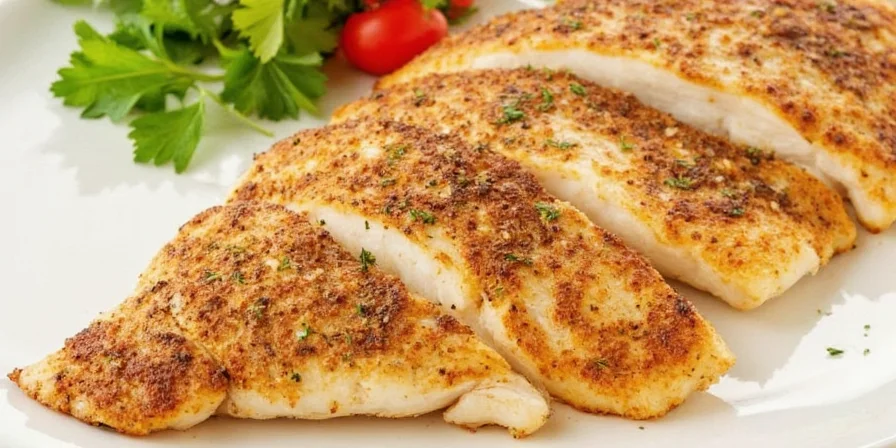
Common Spice Mistakes That Ruin Tilapia (And How to Fix Them)
- Mistake: Using old spices that have lost volatile compounds
Solution: Replace ground spices every 6 months, whole spices yearly; store in airtight containers away from light - Mistake: Over-marinating in acidic ingredients that partially cook the fish
Solution: Limit acid-based marinades to 30 minutes maximum for tilapia - Mistake: Applying spices unevenly, creating flavor pockets
Solution: Mix spices with 1 tsp oil to create a paste that spreads evenly across surface - Mistake: Ignoring cooking method when selecting spices
Solution: Match spice intensity to cooking technique (see comparison table above) - Mistake: Not cooking to proper internal temperature
Solution: Always cook tilapia to 145°F internal temperature to preserve spice integrity while ensuring food safety
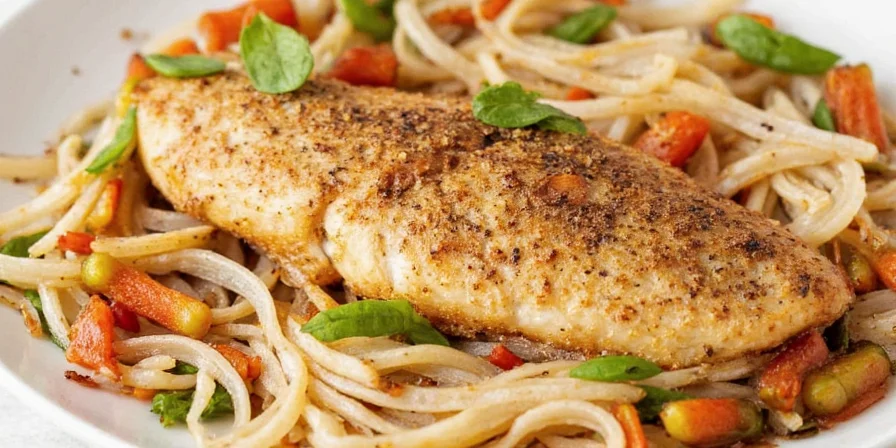
Advanced Spice Combinations for Next-Level Tilapia
- Mediterranean Magic: 1 tsp Greek seasoning + ½ tsp lemon zest + 1 tsp olive oil (perfect for baking)
- Spicy Citrus Kick: 1 tsp chili powder + zest of ½ lime + ½ tsp cumin (ideal for tacos)
- Herb Crust: 1 tsp garlic powder + 1 tsp oregano + 2 tbsp breadcrumbs (creates crispy exterior when baked)
FAQs: Solving Your Biggest Tilapia Seasoning Problems
What's the exact spice ratio for tilapia when using multiple seasonings?
For balanced flavor, use a 3:2:1 ratio when combining spices—3 parts primary spice (like paprika), 2 parts secondary (like garlic powder), 1 part accent (like cumin). For 1 lb tilapia, this equals 1½ tsp primary, 1 tsp secondary, ½ tsp accent. Always mix dry spices thoroughly before application.
How do I prevent spices from falling off tilapia when cooking?
The critical step is surface preparation: 1) Pat fish bone-dry with paper towels, 2) Lightly coat with ½ tsp neutral oil (like avocado), 3) Press spices firmly onto surface rather than sprinkling. For best adhesion, let seasoned fish rest 15 minutes before cooking to allow flavor compounds to bind with proteins.
Which spices work best for air fryer tilapia?
Air frying requires heat-stable spices that won't burn at high temperatures. Use ¾ tsp paprika, ½ tsp garlic powder, and ¼ tsp onion powder per pound. Avoid fresh herbs (they'll burn) and citrus zest (volatile oils evaporate quickly). Always mix spices with 1 tsp oil to prevent drying and improve adhesion in the air fryer's circulating heat.
Why does my seasoned tilapia still taste bland despite using these spices?
Three likely culprits: 1) Spices were old (test freshness by rubbing between fingers—if aroma is weak, replace), 2) Fish wasn't completely dry before seasoning (moisture dilutes spice compounds), or 3) Overcooking evaporated volatile flavor compounds. For guaranteed results, use fresh spices, pat fish bone-dry, apply spice-oil paste, and cook to exactly 145°F internal temperature.
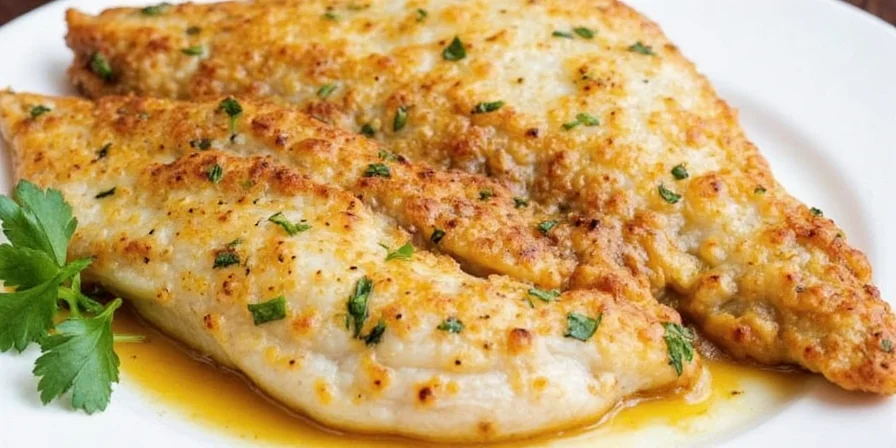
Final Expert Recommendation for Perfectly Seasoned Tilapia
The secret to restaurant-quality tilapia isn't complicated—it's precision. Knowing the exact spice measurements, application timing, and cooking temperatures makes all the difference between bland fish and flavor perfection. Start with the paprika or lemon pepper combinations for foolproof results, then experiment with more complex blends as you master the fundamentals.
Remember: great seasoning isn't about overwhelming the fish, but enhancing its natural qualities. With these scientifically backed spice techniques, you'll never serve bland tilapia again. Your next meal is just one perfectly measured teaspoon away from becoming the best fish you've ever made.











 浙公网安备
33010002000092号
浙公网安备
33010002000092号 浙B2-20120091-4
浙B2-20120091-4